Reflection, Progress and the UM of Tomorrow
January 11, 2021
Dear UM family,
Today, we begin the spring semester, and as I reflect on 2020 and mark the beginning of a new year, I do so with gratitude and optimism. While 2020 was the most challenging year in my life as a leader, it was also the most inspiring. And while we are clear-eyed about the arduous effort the ongoing global pandemic demands of us, I am confident we will continue to lean on one another to successfully face the challenges ahead, that 2021 will be shaped by what is best in the collective UM Family, and that the future of our university is bright.
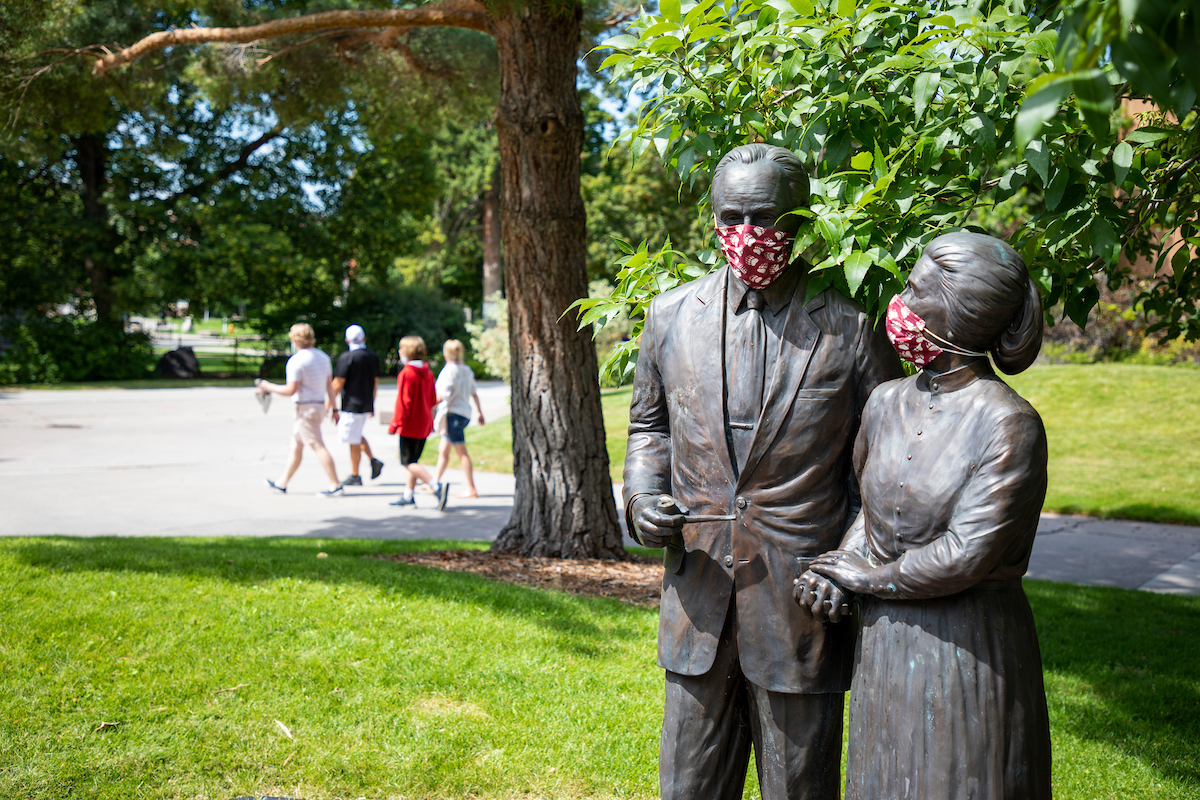
I write this letter to the broad UM Family – our faculty, staff, and students, as well as our alumni and friends around the world – to share the past year’s achievements and to outline our steadfast dedication to shaping a future UM that best serves the needs of our students and Montana.
2020: A difficult but inspiring year
As I reflect on 2020, I am humbled and inspired by the many ways our campus community came together to address the historic challenges of the past year. We have had one overarching goal throughout the COVID-19 pandemic: ensure our students can continue learning safely. Working toward that goal required the adaptation of every person on campus.
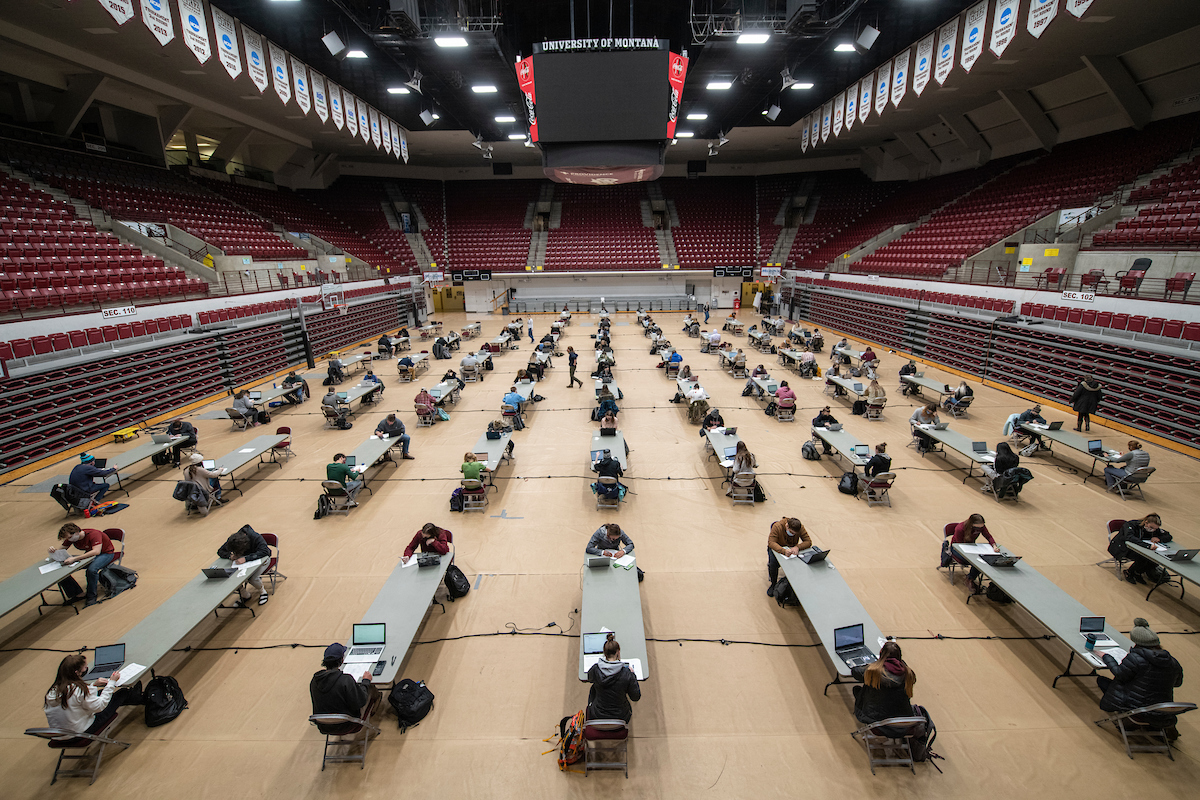
Our faculty members tirelessly adjusted courses to meet student needs. Our facilities team reconfigured hundreds of classrooms to allow for social distancing and constructed a dozen outdoor classrooms, while our IT team enhanced infrastructure to meet the massive technology demands of hybrid learning. Our UM housing and dining staff revamped operations and worked with campus police and public health faculty to manage student quarantine and isolation procedures. We launched point-of-care COVID-19 testing at Curry Health Center, partnered with the Montana Department of Public Health and Human Services to process statewide COVID-19 tests, and – through our innovative School of Public and Community Health Sciences – played a key role in informing local and state efforts to manage the pandemic.
Importantly, our impact extended well beyond campus and the domain of physical health. Our history students, for example, quickly acted to document the trials and successes of frontline workers and businesses during the early days of COVID-19, ensuring future generations will learn from these archived stories. The Montana Repertory Theatre performed a virtual, interactive play – "Zombie Thoughts" – for thousands of Montana K-12 students, helping youth understand the anxiety they may be feeling during the pandemic. And UM’s Accelerate Montana team worked with the Missoula Economic Partnership to help dozens of Montana businesses navigate the complicated portfolio of economic development programs available during the pandemic.
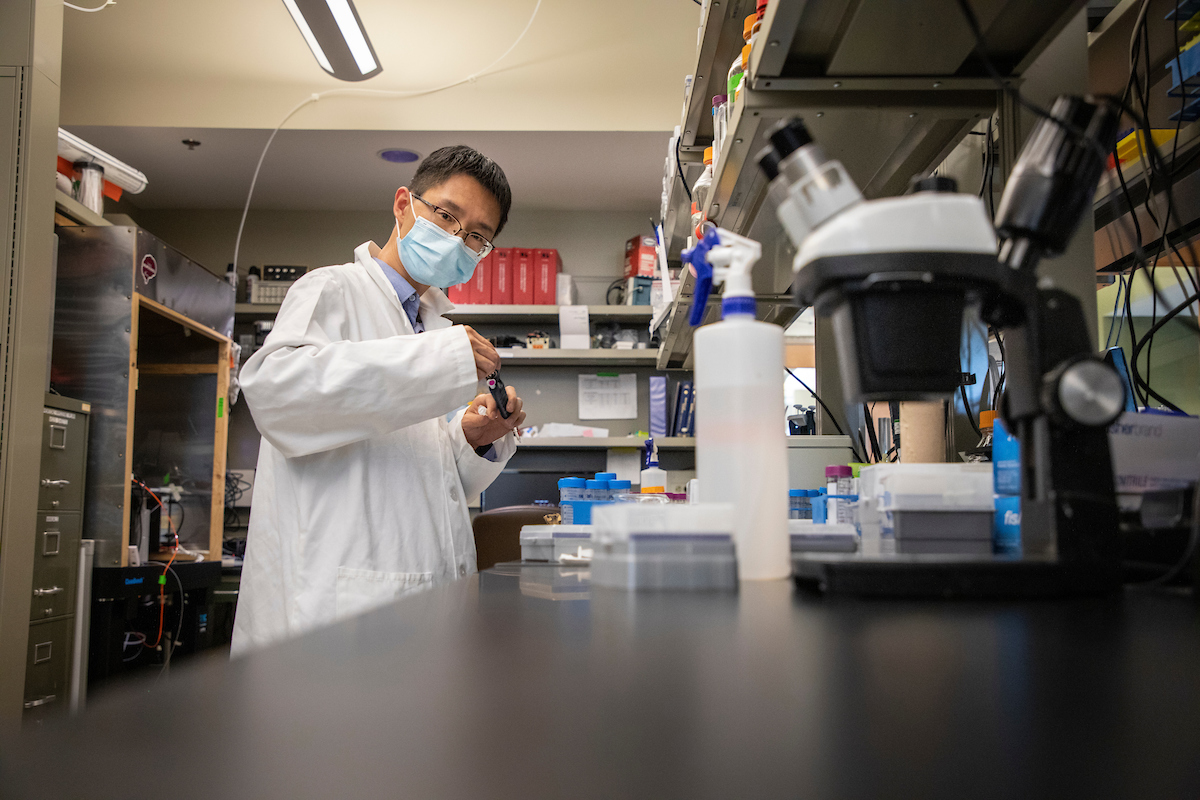
And we should all be proud that UM was named – along with schools like Harvard and Oxford – to a list of the top ten universities solving the COVID pandemic.
Meanwhile, we witnessed national turmoil on a number of social fronts, inspiring us to ask hard questions about the health of the “American experiment” boldly launched by our founders nearly 250 years ago. Building a democracy worthy of all people is, in part, the work higher education has promised to do. Here at UM, we have been at our best this past year when we have chosen to be rigorously self-reflective and focused on improving our ability to live up to that promise.
This past year no doubt taxed our hearts and minds. We drew upon a deep reservoir of what is best about the UM Family: our creativity, cooperation, resilience, and – especially – abiding commitment to our students’ success and the well-being of our community.
Of course, we are by no means out of the woods – new challenges will emerge as the spring semester begins, but our disciplined vigilance and commitment to continuous improvement will continue.
Progress amidst a pandemic
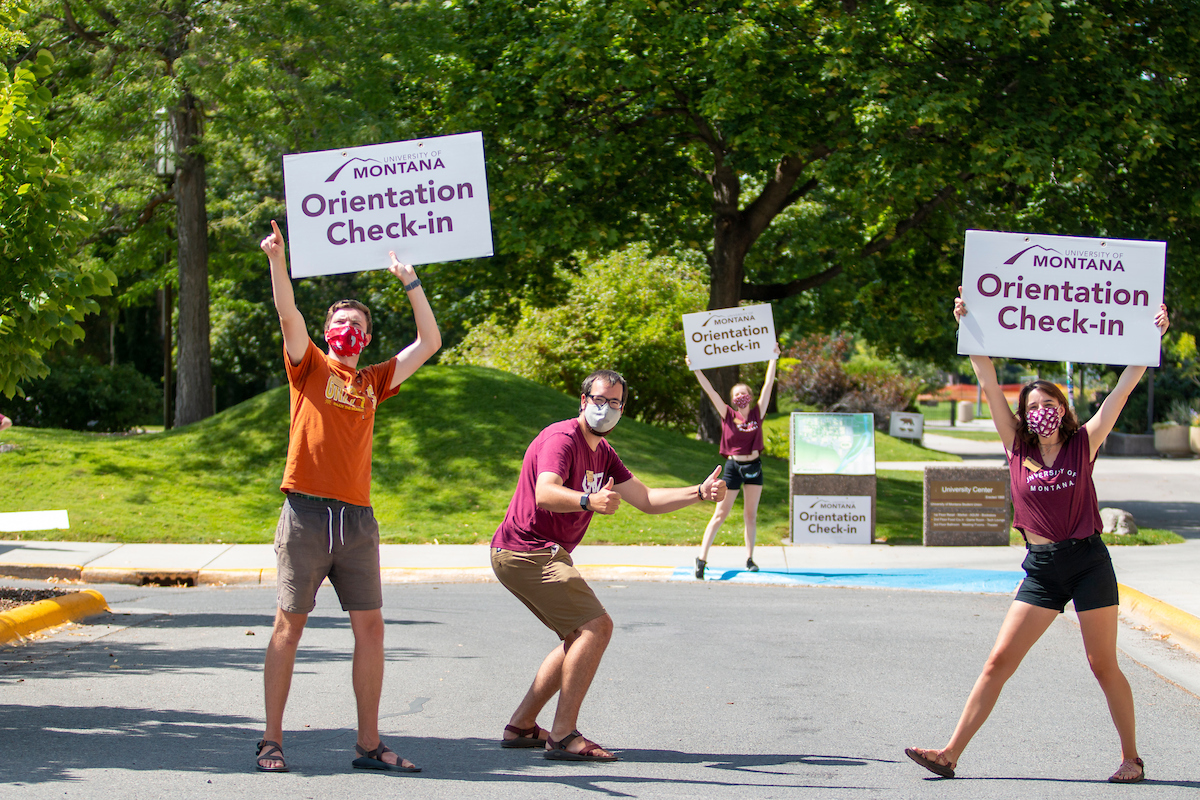
While managing the impacts of COVID-19 created a full-time second job for many of us, we also held steady attention on long-range institutional priorities. A few highlights among many successes include:
- Our robust student success efforts have been bearing fruit. Our first-year retention rate this fall – even in the midst of a pandemic – was a full 6% points higher than in 2018.
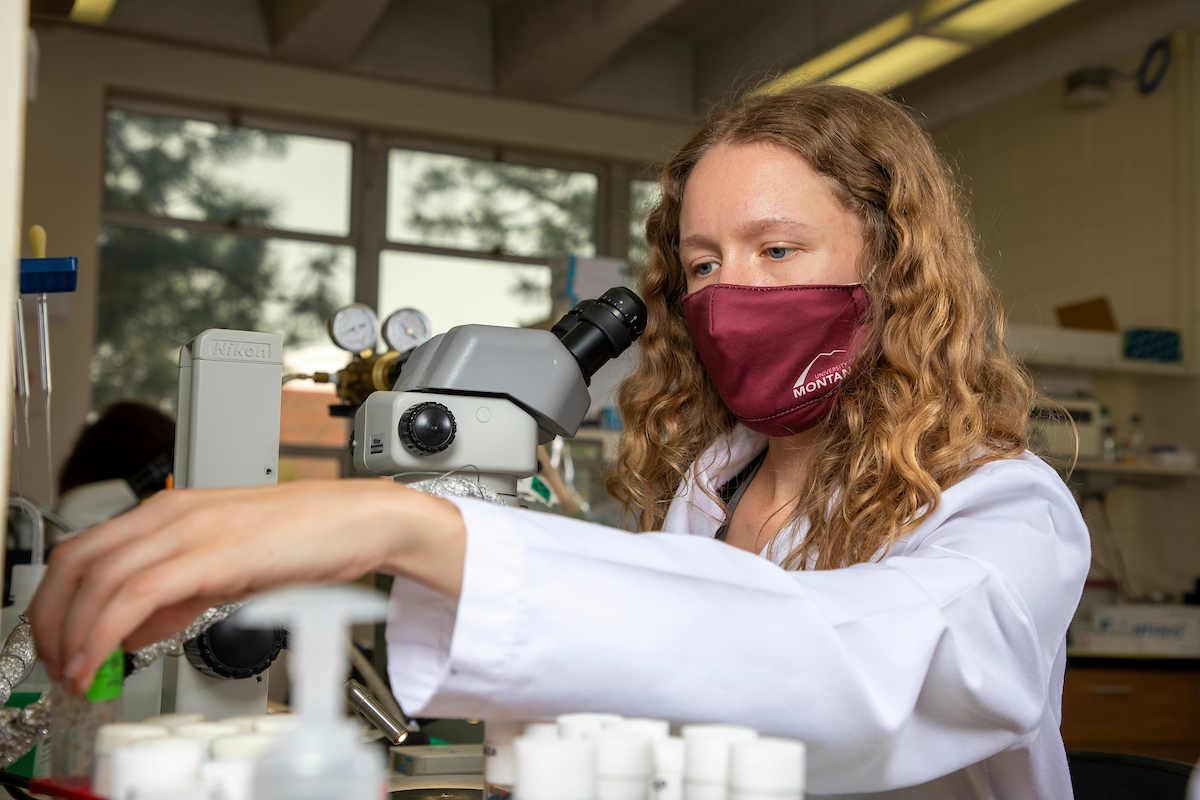
- We saw a banner research year at UM, with expenditures exceeding $100 million for the first time in UM’s history. Research expenditures have nearly doubled in the past six years, translating into not just new knowledge but also new jobs and businesses in Montana.
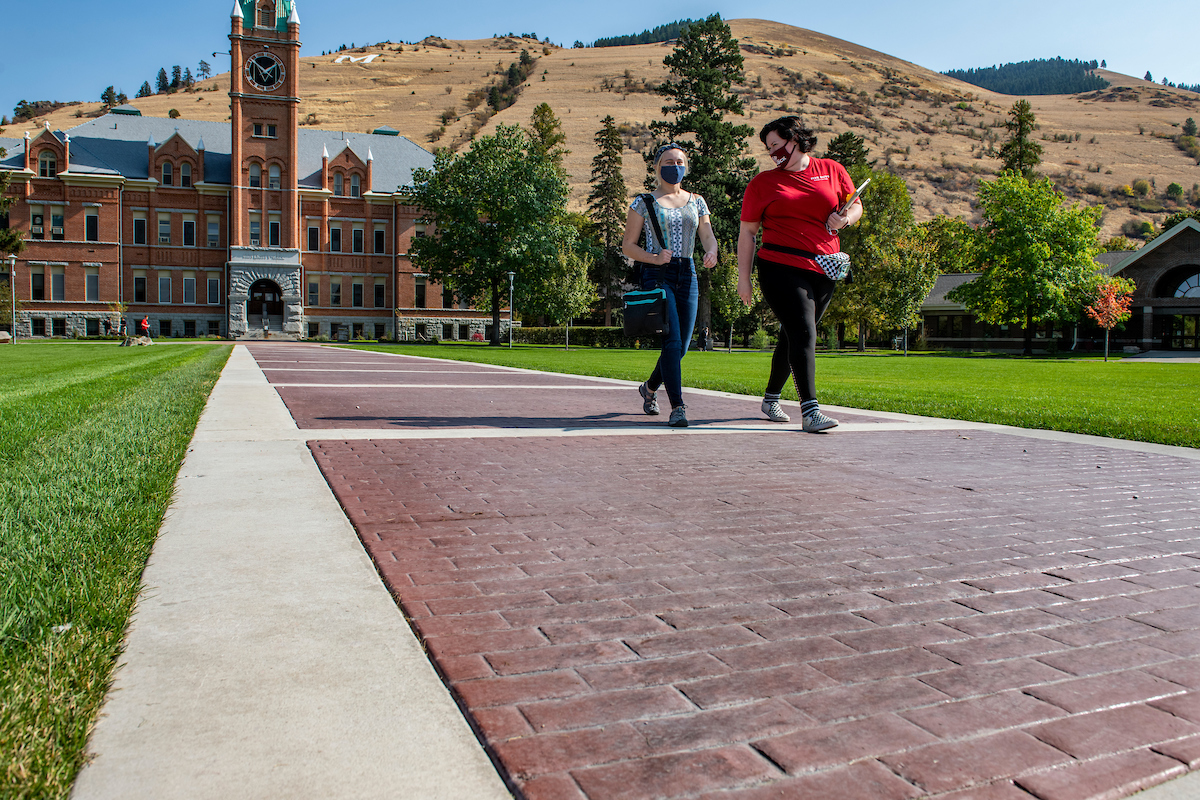
- We began a multi-year effort to refresh campus infrastructure. Utilizing the proceeds from a strategic debt restructuring last year (which saved UM nearly $9 million in interest expenses alone!), we renovated Pantzer Residence Hall, upgraded Urey Lecture Hall, and refurbished the iconic Oval for the first time in generations. Up next, renovation of residence halls, construction of a new dining facility, and – hopefully with the support of the Montana Legislature – much-needed upgrades to academic buildings, including the construction of a new building and lab space for the world-renowned W.A. Franke College of Forestry and Conservation.
- We completed Campaign Montana, the most successful fundraising campaign in the history of the state of Montana. This seven-year fundraising campaign began with the ambitious goal of raising $320 million, which we surpassed by raising more than $450 million. Donors from all 50 states – including more than 16,000 first-time donors – contributed nearly 100,000 gifts. We are deeply grateful for this tremendous vote of confidence in UM.
Challenges of tomorrow
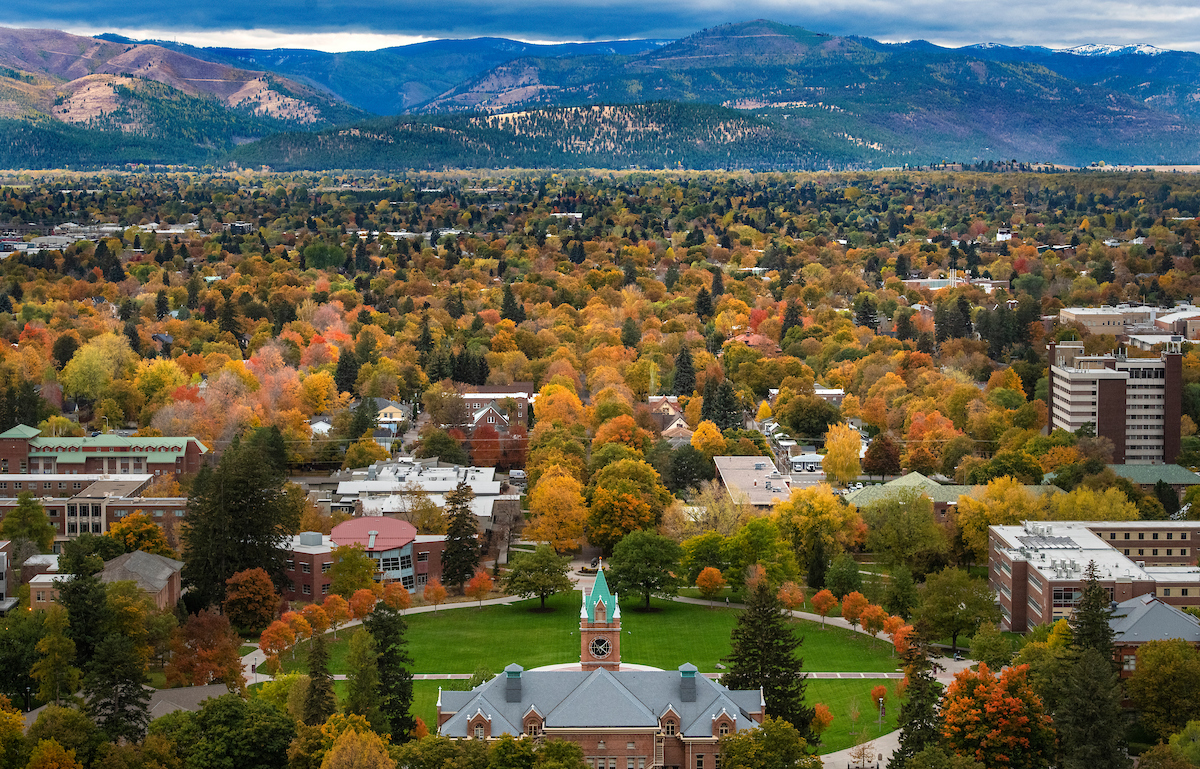
While we celebrate the UM Family’s achievements, we also acknowledge our obligation to continuously adapt to shape the UM of tomorrow to best serve our students and our community. This work requires creative openness to change, together with an ongoing awareness of what makes our university – and the extraordinary setting in which it exists – so distinctive.
Recognizing that this work cannot wait until we’re on the other side of the pandemic, this past May we launched the University Design Team (UDT) to explore what a ‘flagship of the future’ should look like.
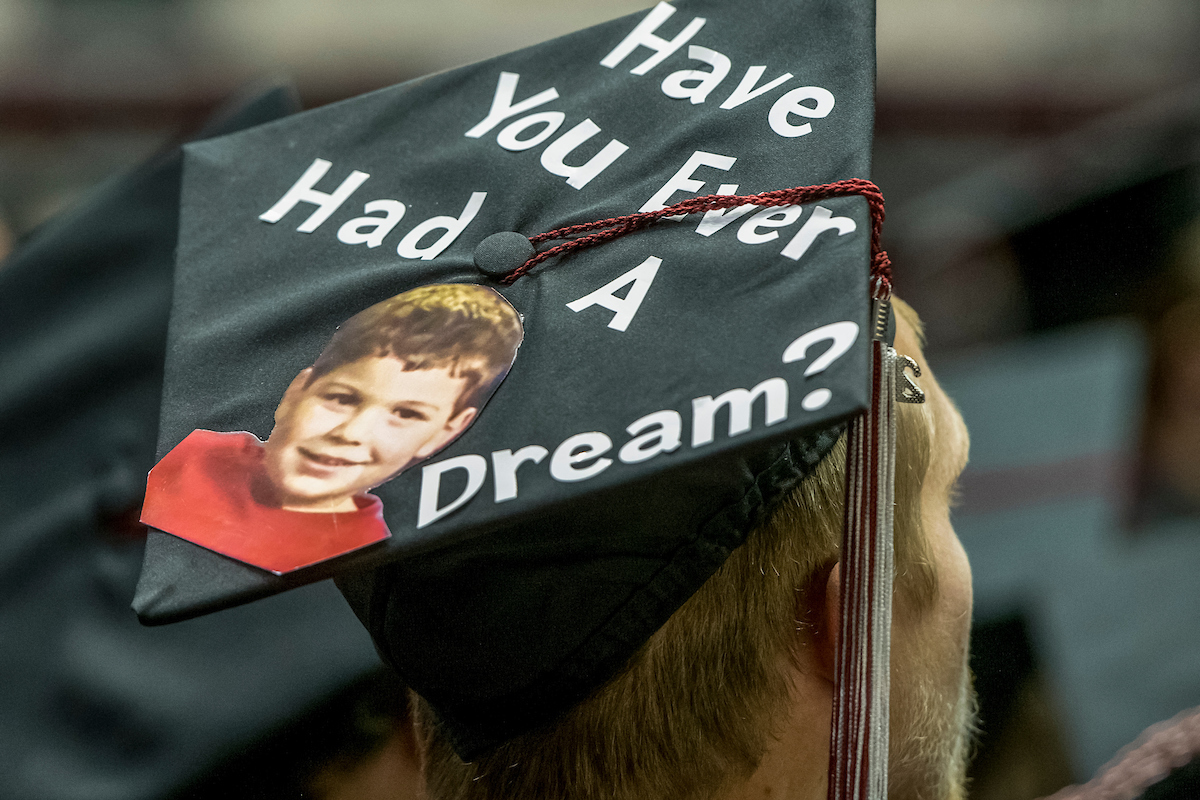
The UDT is exploring this question at a critical moment in higher education’s history. While an increasingly pervasive public narrative questions the value of higher education, I believe strongly, and for a number of reasons, that higher education – and in particular the public good provided by institutions like the University of Montana – has never been more important.
First, we know that college graduates enjoy greater access to job opportunities. In the decade following the Great Recession of 2008-2009, the jobs created were overwhelmingly – over 95% – awarded to those with some college education, and the coming decade will likely continue that trend. Meanwhile, we have convincingly shown that unemployment rates decrease and earnings increase with higher levels of educational attainment. As our economy becomes progressively more global and digital, higher education plays an even more integral role in ensuring access to meaningful work.
Second, the rapid rate of technological change necessitates ongoing learning over the course of a lifetime. The Bureau of Labor Statistics reports that people born between 1957 and 1964 held 12.3 jobs between ages 18 and 52. And to keep pace with a changing economy, today’s graduates are likely to face an even greater need to adapt and learn throughout their careers.
Third, Montana’s economic health depends on a robust population of educated and high-skilled people to not only take on the jobs of today but also create the jobs of tomorrow. Only 43% of Montanans have an associate’s degree or higher, with the attainment rate for 44 of Montana’s 56 counties below 40% and one county as low as 19%. Yet Burning Glass Technologies indicates that among the 2020 Montana job postings that included a minimum degree level, 50% required at least an associate’s degree.
This shortage of educated workers limits Montana’s economic growth. In fact, private-sector employment growth in Montana was 16.9% in the past decade, as compared to Utah and Idaho which saw private sector employment growth of 35.5% and 30.5%, respectively. The news is worse in “new economy” jobs, where Montana ranks 44 in the nation and falls well behind regional peer states like Utah (3) and Idaho (32). Montana’s outlook for the next seven years predicts a 14% growth in tech occupations, while Utah, Idaho, and Wyoming are projected to have increases of 34%, 25%, and 18%, respectively. Our challenge is exacerbated by Montana’s status as “the oldest state west of the Mississippi” and the fact that 20% of Montana workers are expected to retire by 2029, which is predicted to drive a net decrease in Montana’s working-age population.
Finally, the challenges and opportunities we see nationally and globally – political, socio-cultural, economic, technological, and environmental – urgently call for agile, critical, and creative thinkers undeterred by the complexity of interdependent systems. These are the very types of graduates UM develops and inspires.
The UM of tomorrow

Higher education at its best answers these complex challenges. UM has the opportunity and obligation to be the solution-oriented, inclusive economic development engine for Montana.
How will UM harness its strengths to answer these challenges?
I believe UM must uniquely leverage its setting to provide a vibrant, residential student experience differentiated by the powerful combination of our promise to:
- deliver a rigorous education that intentionally fosters the foundational competencies necessary to succeed as a thoughtful, engaged citizen; and
- provide work-based experiences that ensure career-readiness immediately upon graduation.
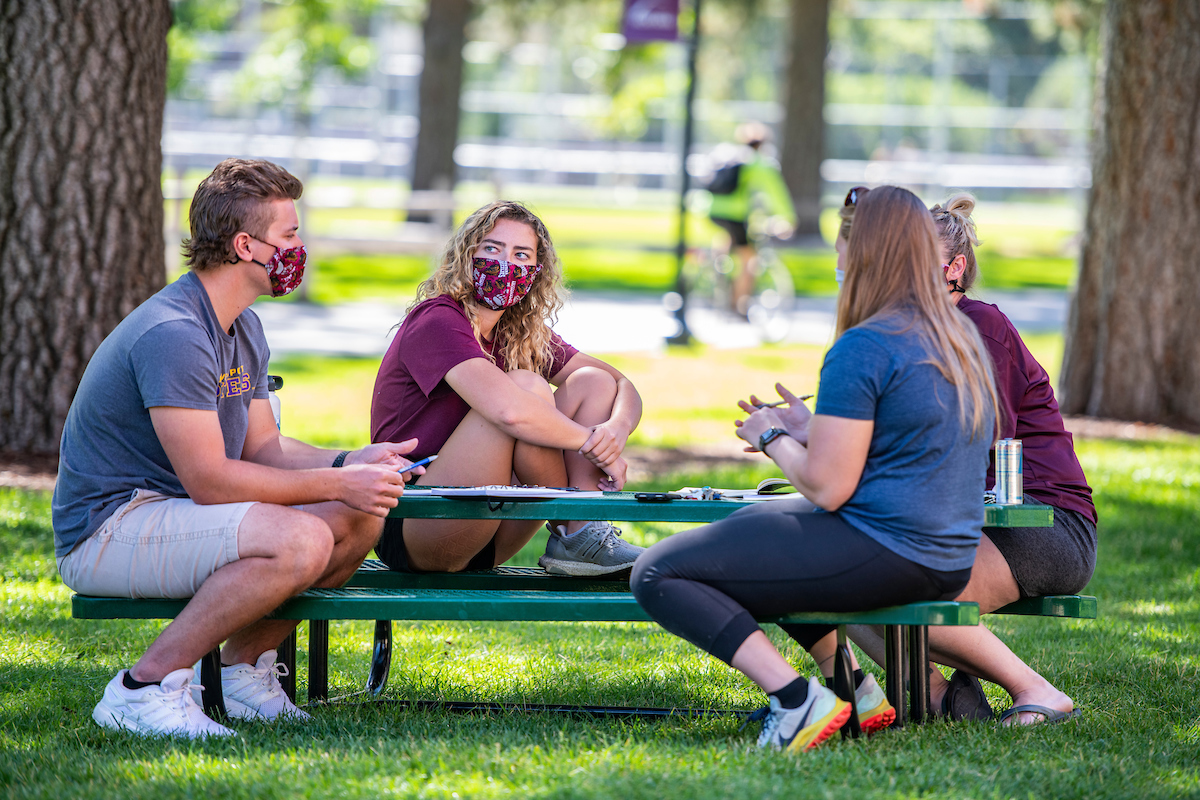
In addition to providing this high-quality undergraduate education against the backdrop of a vibrant residential campus experience, UM will support graduate programs in areas of institutional strength and continue to grow our research enterprise. At the same time, we will broaden the range of learners we serve by developing offerings to meet the significant and growing needs of remote learners, those seeking to re-skill or upskill, and organizations seeking education for their employees.
Moving toward this future version of UM will require that we adapt in three main ways.
We will foster a “tomorrow proof” education for all students
As an institution that has long emphasized the ability of students to think, inquire, question, analyze, and communicate, UM takes great pride in its history of cultivating the non-perishable, foundational skills and competencies vital for career and life success.
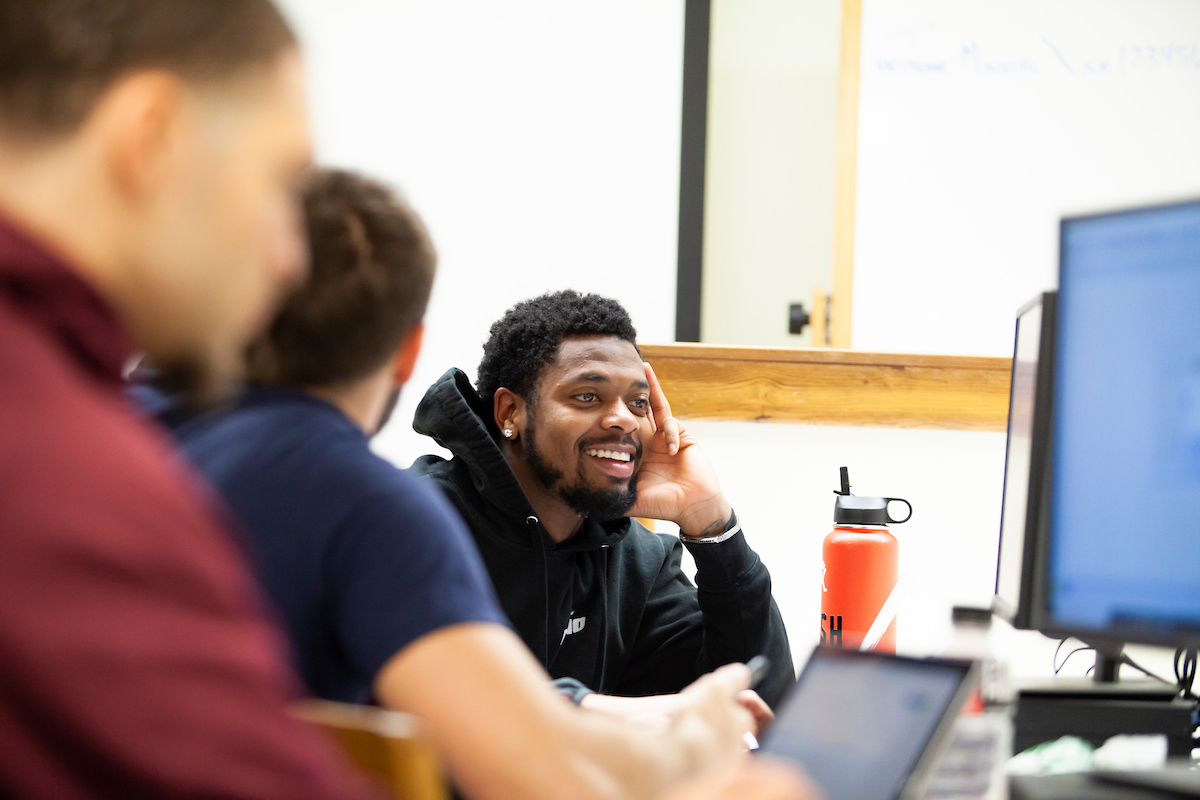
And yet, we are called upon to improve our ability to deliver this type of education. While we cannot predict the future, we can with confidence foresee the competencies and skills that will define the successful architects of that future. Recent studies suggest that technological change and the rise of automation are driving an increased demand for higher-level cognitive skills such as creativity, critical thinking, decision making, and complex information processing, and employers are calling even more emphatically for these competencies. The World Economic Forum lists the top 10 skills a forward-looking institution should foster, and the Center on Education and the Workforce reports the five competencies that surface as most desirable in the labor market – all are hallmarks of the type of education we provide at UM. This need for systems thinkers demands that we even more intentionally build in our students these tomorrow-proof abilities.
Too often, however, we rely on our graduates to figure out how to translate the value of their education into terms future employers recognize. Across the country, institutions like UM foster exactly the competencies employers need, but our descriptors – critical thinkers, savvy problem solvers, agile communicators – can remain weightless, abstract signifiers of an individual’s ability. As a result, the Strada Institute for the Future of Work, in its Robot-Ready: Human+ Skills for the Future of Work report, observes a “translation chasm” between the very relevant competencies our students acquire and the “human skills” employers so urgently need. We’ve unfortunately not adequately helped our students translate the value of their acquired competencies for an audience of those outside of academia. And so, it shouldn’t surprise us that even those who have chosen majors that cultivate employer-valued, non-perishable skills express low confidence in higher education.
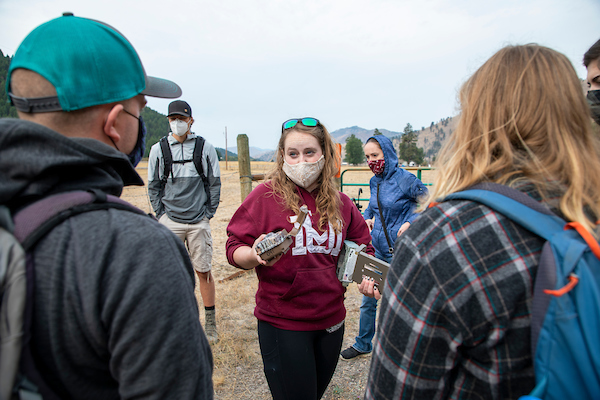
Some of us repeat “liberal arts” as shorthand for the type of education we provide, hoping prospective students, fellow citizens, and future employers will understand the label as a proxy for the valuable characteristics and knowledge necessary for a successful career and life. But this descriptor for a UM education – and the value it provides – does not broadly signify the value we aim to communicate. Environmental historian William Cronon observes that “[i]t would be surprising indeed if the phrase did not begin to sound at least a little empty after so much repetition…Yet many of us continue to place great stock in these words, believing them to describe one of the ultimate goods that a college or university should serve.” The distance of understanding we ask our stakeholders outside of the academy to travel appears not to be easily bridged by the phrase “liberal arts education.”
But I am confident the distance can be bridged by our actions. We can cultivate in our students the ability to communicate the relevance of a UM education in concrete terms and experiences that speak to employers and others. Our commitment to assessing and improving UM’s general education curriculum, our nationally-recognized Franke Global Leadership Initiative, as well as our efforts to foster more applied, interdisciplinary learning and research opportunities for students are examples of our ongoing efforts to better bridge the distance.
We will ensure our students are career-ready
While we are quick to argue for the value of what we deliver, our arguments have not persuaded many who would be well-served by our institutions. There are a host of statistics to which all who believe in the promise of higher education should be attending. Concerningly, a 2015 study indicates that only 13% of Americans strongly agree college graduates are well-prepared for workplace success. Meanwhile, a 2018 Gallup study found that 58% of those who pursue higher education cite getting a good job or career as their main reason for pursuing higher education, while only 23% report “a general motivation to learn more and gain knowledge” without any accompanying job or career motivation.
And while part of higher education’s challenge is simply one of translation – we must better help our students articulate their very relevant competencies and knowledge in terms the job market understands – institutions of higher education also often do not adequately provide access to work-based learning, a much more serious problem. The college-going public has made clear the “value” of higher education depends in part on what they perceive as the connection between their time in college and their job outcomes. In fact, students who strongly agree their college coursework was relevant to their working lives were 5.5 times more likely to strongly agree their education provided value that was worth the cost. And those students who used and found “very helpful” the career services available to them while in school were nearly 6 times more likely to strongly agree their alma mater prepared them for life after graduation, nearly 3 times more likely to strongly agree their education was worth the cost, and more than 3 times more likely to recommend their alma mater.
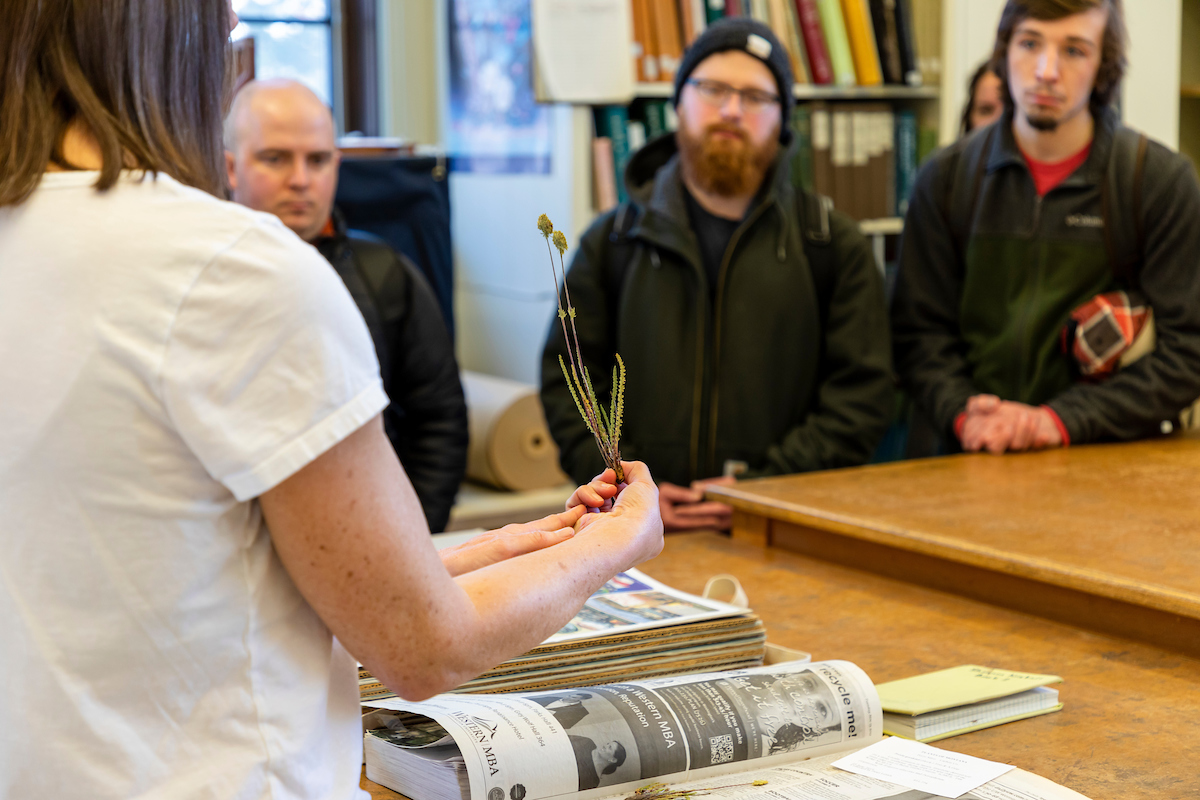
A tomorrow-proof education promises the durability of a college education, but this should not be in the absence of applied and career-oriented learning. In its report on the future of undergraduate education, the American Academy of Arts and Sciences acknowledges that “the long-standing debate over the value of a liberal arts education versus a more applied postsecondary program presents a false choice.” Dwelling in the debate of this false choice is at our students’ expense.
We must, and we will, do more to expand the scale and scope of career-related experiential learning and credentialing opportunities. This will require that we couple the breadth of opportunity we can provide as a flagship university with the intensely personal ways we engage our students. UM’s recently launched ElevateU initiative, which is focused on ensuring every student has access to robust work-based and experiential learning opportunities and is equipped with the skills and credentials necessary for career success immediately following graduation, is a big step forward on this path.
Critically, we must achieve these aims while remaining sharply focused on the core of our academic mission and ensuring all programs reflect the rigor our students deserve. The goal: to create a distinctive undergraduate experience that is academically rigorous and personally engaging, designed specifically to ensure every student is prepared to succeed in life and in their chosen career – all in the context of a vibrant experience on and off campus.
We will enable learning across a lifetime
Finally, we must acknowledge that as life expectancy extends and the changing economy demands perpetual learning, a degree earned early in life has become insufficient – people do not episodically learn first, then work. Rather, learning and working coexist over a lifetime, each feeding the other. A Pew Research study found that 87% of adults in the workforce recognize the importance of training and skill development throughout their lives. And yet institutions of higher education have struggled to serve those who might need education or training at varied points in life, specifically after a bachelor’s degree has been acquired, resulting in an audience of potential college-going individuals who question our ability to provide the up- and re-skilling needed across a lifetime.
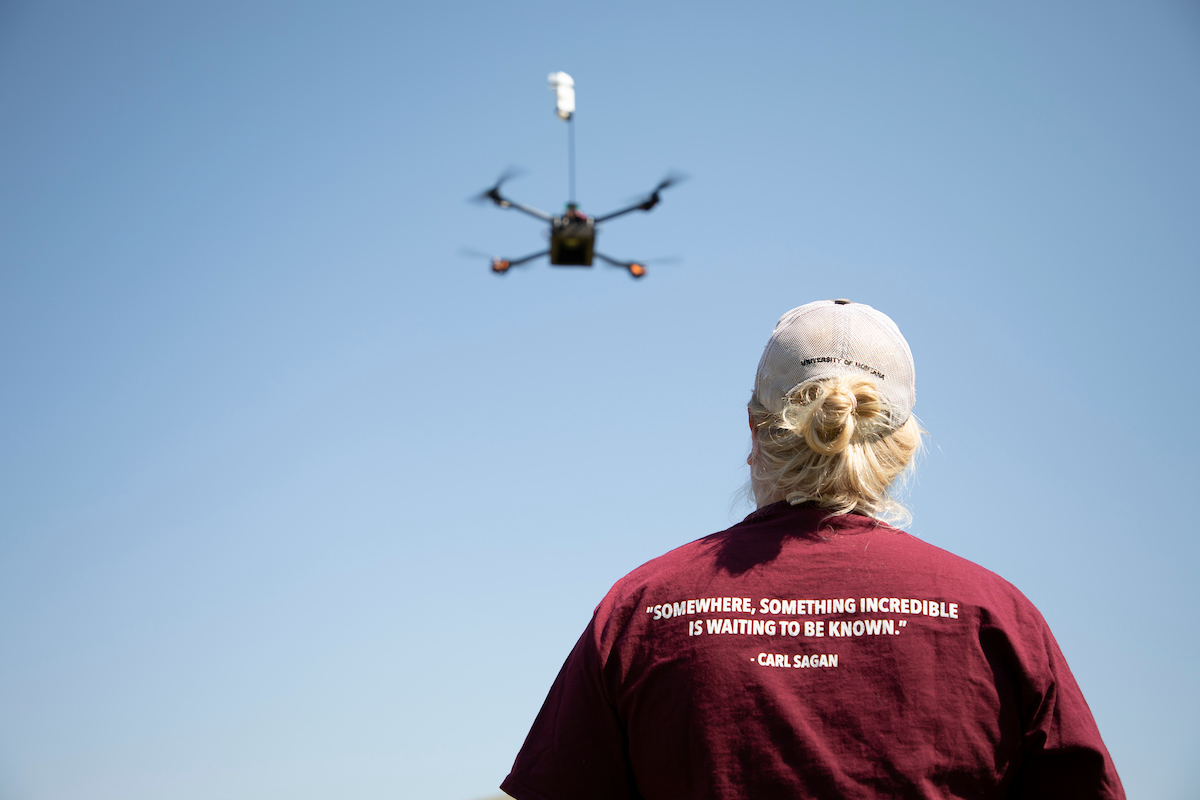
Recognizing these needs, UM must continue to develop the institutional capabilities and flexible offerings to serve a much broader range of life-long learners. That includes the efforts of our UMOnline team to more effectively serve remote learners and the more than 5,000 Montanans who are enrolled exclusively in distance education courses at institutions outside Montana. And it includes our efforts to better serve people’s learning needs throughout their entire careers. We will deliver on this through a UM education offered directly to the learners who seek it, as well as through employer partnerships - such as our successful All in Missoula program with ATG-Cognizant – that respond to workforce development needs.
The way forward
We will adapt in these three ways, preserving and evolving the vital importance of a UM education. We will foster thoughtful, educated citizens; provide clear pathways to careers of impact; and make available offerings that help people adapt throughout their lives and careers in the face of an ever-changing economy.
If we are to realize our potential as a flagship for the future and foster the type of American democracy we claim to champion – one that centers equity and opportunity in its systems – then we must connect students to careers while serving those students throughout their lifetimes. An American democracy characterized by social mobility, equity, and a healthy middle class are not otherwise possible.
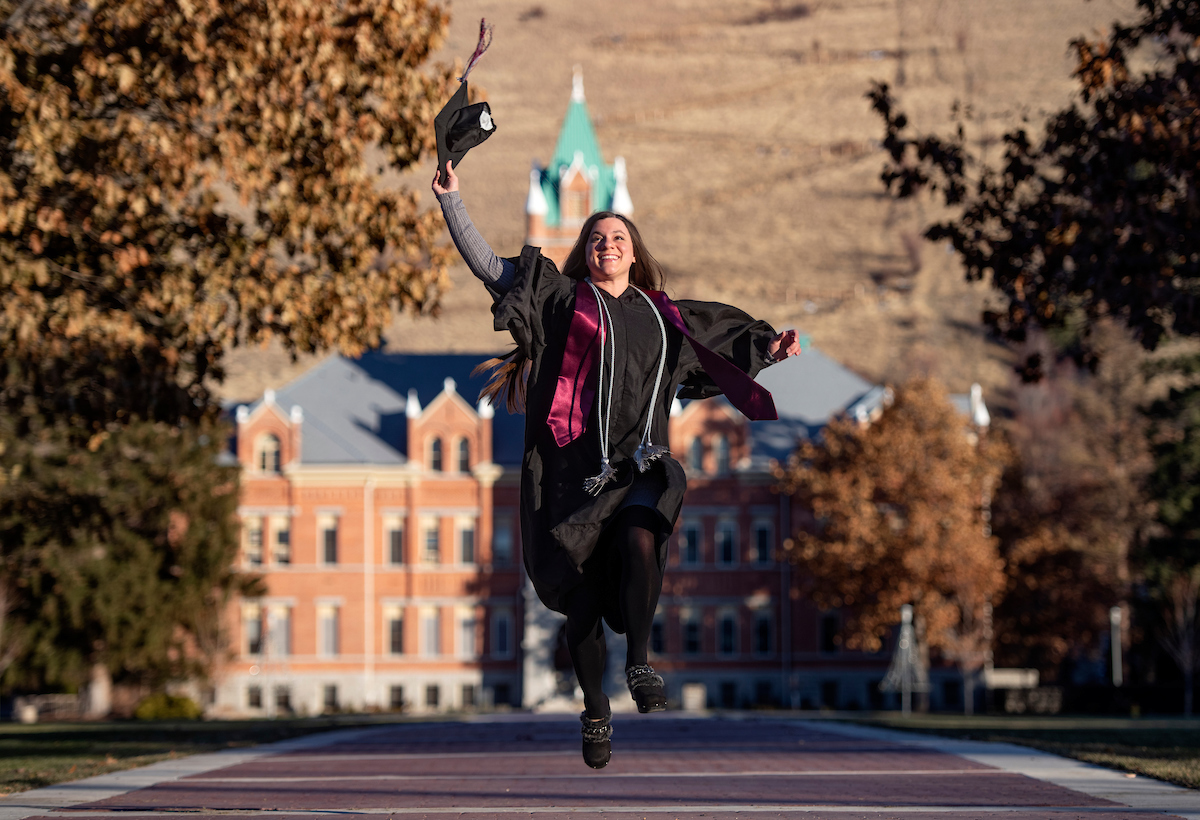
Realizing our full potential will also require that we allocate our resources and adapt our structures to best serve students. To that end, our academic leadership team – Acting Provost Humphrey and the deans of each of our colleges – have been working to determine how we should best allocate resources across our academic enterprise. Maintaining the status quo is not possible, nor is it acceptable. Both students and society are changing in ways that demand we continuously modify our educational approach.
This does not mean we will not preserve particular traditions or values; indeed, the core objectives of our educational approach can and should be maintained and strengthened as curricula and structures change markedly. But we must overcome the strong inertia that resists change if we are to deliver the education students deserve and society needs. This obligation requires us to make adjustments that will include reductions in some areas and strategic reallocations to others, adjustments that will be data-informed and driven by the type of education we believe our students deserve.
Designing the UM of tomorrow requires hard work from which we will not retreat. I have faith in the bright and dedicated UM minds working to author the UM of tomorrow. Over the coming months, the University Design Team will announce engagement opportunities. I invite you – the UM family – to engage in this process and to take a solution-oriented posture toward our shared work.
We begin the spring semester with the tremendous responsibility to continue meeting our students’ and community’s needs amidst the challenges of a pandemic. And we recognize our obligation and opportunity to define our future path. Not mine, not yours. Ours. Together, we will find bold answers to the challenges ahead while writing into being the UM of tomorrow. I can’t wait to see what we accomplish.
Seth